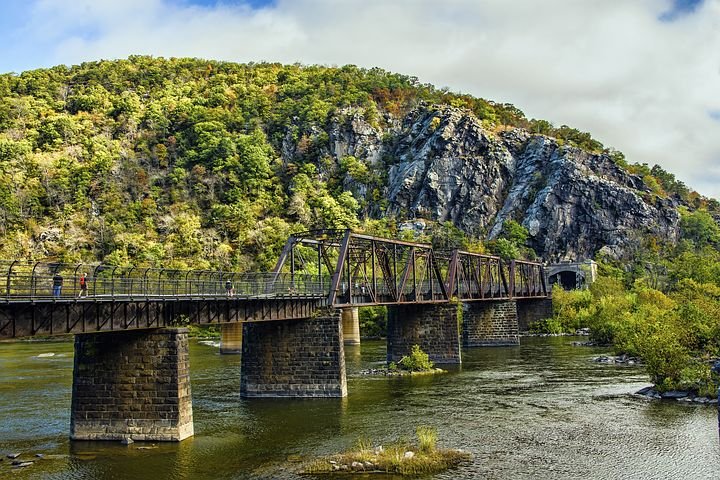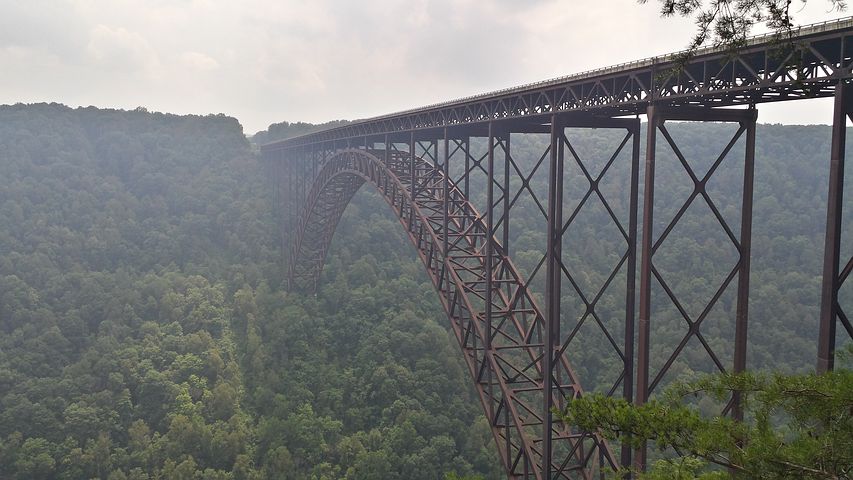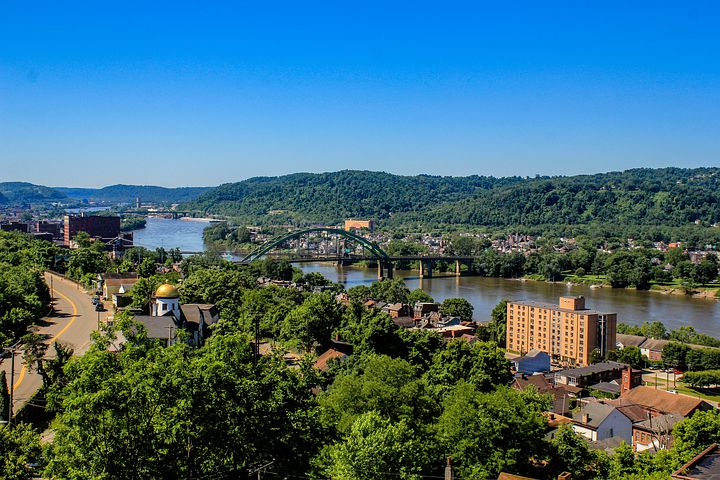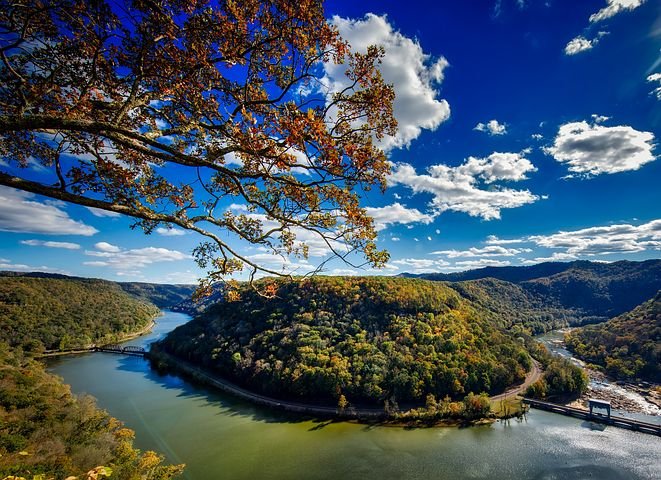West Virginia
Welcome to West Virginia: A Comprehensive Overview
Located in the Southern United States, the state of West Virginia is a treasure trove of natural beauty, rich history, and vibrant culture. Its diverse landscapes, ranging from the rolling Appalachian Mountains to the tranquil Ohio River Valley, have shaped the state’s identity and economy for centuries. From its historical significance during the Civil War to its current standing as a hub for outdoor recreation and coal mining, West Virginia continues to play a vital role in the American landscape.
Geographical Introduction
West Virginia, often referred to as the “Mountain State” or “WV”, is nestled within the Appalachian Mountain range. The state occupies a total area of approximately 24,230 square miles, making it the 10th smallest by area in the United States. It shares its borders with five other states: Pennsylvania and Maryland to the north and east, Virginia to the southeast, Kentucky to the southwest, and Ohio to the northwest.
Despite its relatively small size, West Virginia boasts a diverse topography. From the towering peaks of the Appalachian Mountains to the fertile valleys of the Ohio River Basin, the state is a testament to nature’s grandeur. Its nickname, the “Mountain State”, aptly encapsulates its geographical identity, characterized by rugged hills, sprawling forests, and serene rivers.

Historical Background
West Virginia’s history is as diverse and compelling as its landscapes. The state was officially admitted to the Union on June 20, 1863, during the height of the American Civil War. Remarkably, it was the only state to form by separating from a Confederate state, a distinction that underscores its unique historical trajectory.
Prior to its statehood, West Virginia was part of Virginia, one of the original 13 colonies of the United States. However, cultural, economic, and political differences between the western and eastern regions of Virginia gradually intensified, culminating in the state’s division during the Civil War. While the eastern region, dominated by plantation agriculture and slavery, chose to secede from the Union, the western region, composed mainly of small-scale farmers, chose to remain loyal to the Union and eventually formed a separate state.
Economic Profile
West Virginia’s economy is deeply intertwined with its natural resources, particularly coal, which has been a significant economic driver for the state for over a century. West Virginia is one of the leading coal-producing states in the country, a position that has shaped the state’s economic, social, and environmental landscapes.
Beyond coal, the state’s economy is diverse and multifaceted. It includes sectors such as manufacturing, chemical production, biotechnology, and tourism. The state has also seen growth in the technology and energy sectors, particularly in renewable energy sources.

The Coal Industry
Coal mining, despite its environmental and health impacts, remains a significant part of West Virginia’s economy. The state is blessed with vast reserves of bituminous coal, a high-grade, energy-dense type of coal that is highly sought after for electricity generation and steel production.
The coal industry has shaped much of West Virginia’s history and development. It has provided jobs, spurred economic growth, and influenced the state’s politics and culture. However, it has also posed significant challenges, including environmental degradation, health hazards, and economic instability due to fluctuating global coal markets.
Green Energy Potential
While coal has traditionally dominated West Virginia’s energy landscape, the state also has significant potential for green energy production. With its abundant wind resources and considerable solar potential, West Virginia could become a major player in the renewable energy sector.

Tourism and Recreation
West Virginia’s stunning natural landscapes make it a prime destination for outdoor enthusiasts. The state is home to numerous state parks, hiking trails, and outdoor recreation areas. From the majestic peaks of the Appalachian Mountains to the tranquil waters of the Ohio River, there is no shortage of natural beauty to explore in West Virginia.
Education and Research
Education plays a critical role in West Virginia’s economy and society. The state is home to several notable universities and colleges, including West Virginia University, which is renowned for its research contributions in fields such as energy, health, and technology.
Cultural Heritage
West Virginia’s cultural heritage is as rich and diverse as its landscapes. From traditional Appalachian music and crafts to the state’s distinct cuisine, West Virginia’s cultural traditions reflect its unique history and geography.

Challenges and Opportunities
Like any state, West Virginia faces its share of challenges. Economic diversification, environmental conservation, and educational attainment are among the key issues that the state continues to grapple with. However, these challenges also present opportunities for growth and innovation.
With its rich history, diverse economy, and stunning landscapes, West Virginia holds a unique place in America’s national tapestry. As the state continues to evolve and adapt to the challenges of the 21st century, it remains a testament to the enduring spirit of the Appalachian region. Whether you’re drawn to its natural beauty, its vibrant culture, or its compelling history, there’s no denying that West Virginia is a state worth exploring.
